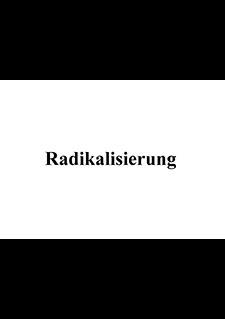Radicalization
As of 1943, the Wehrmacht was retreating on a broad front and Allied bombing raids were increasingly bringing the horrors of the war to Germany. Obituaries noting “died a heroic death for the Fatherland” accumulated. The Nazis also commenced with more coercive measures when the massive bombing raids started.
Among others, the “Children to the Countryside program” was stepped up significantly. Some parents and churches protested fiercely against the forced evacuation of children because they feared that the regime would apply its anti-Christian educational ideals to alienate children from their families and their faith.
People were busy coping with everyday life, which was becoming more and more difficult: Supplying food, clothing, shoes, furniture and fuel became increasingly challenging.
The regime took increasingly radical action against the populace: The populace was cowed by constant surveillance by informants and Gestapo, by a judiciary that operated in keeping with the state’s ideology and by knowledge leaking through about atrocities in the East as well as the worsening war situation.
Germans were additionally subjected to a constant barrage of propaganda, which sought to build upon Hitler’s legend and made reference to ominous wonder weapons with the intention of bolstering confidence in Germany’s “final victory”. Rhetoric about “Volksgemeinschaft” (racial national community) aimed at mobilizing the last reserves.
So-called “Volkssturm units” were raised in the final months of the war. All the “Thousand Year Reich” was able to mobilize in the end was a force of elderly and infirm men and children.

